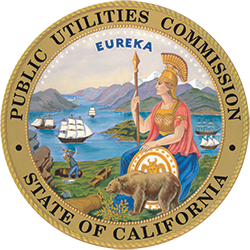Learn the basics of photovoltaic (PV) systems
When installing a solar PV system for your multifamily property, it is important to understand how much energy is consumed on-site and how it affects utility bills – and your budget. Once you understand your property's energy consumption, you can estimate how a solar PV system can benefit you and your tenants.
Energy Terminology
A watt (W) is a unit of instantaneous power. In the solar industry, this refers to the capacity or size of the system.
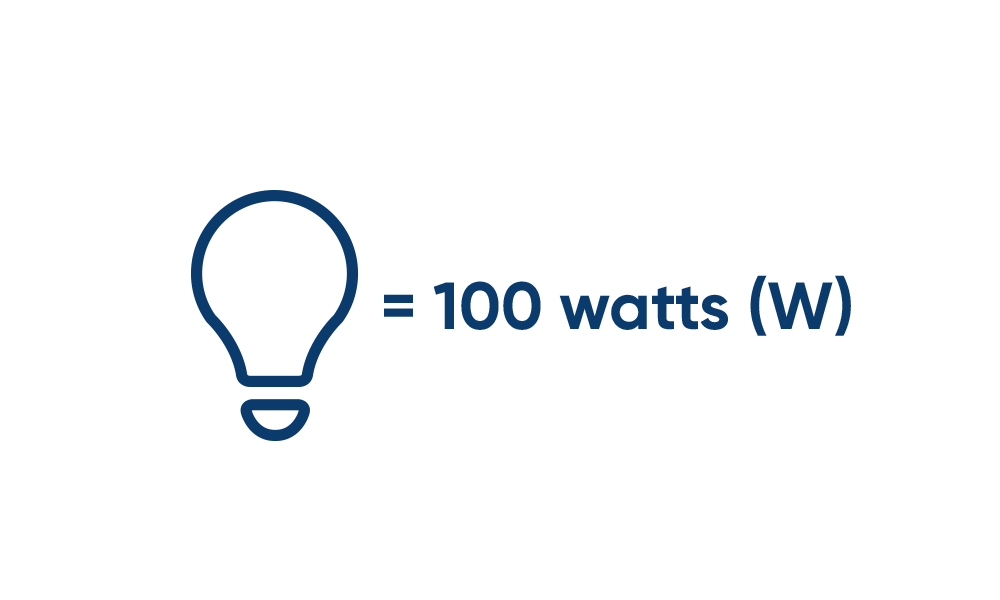
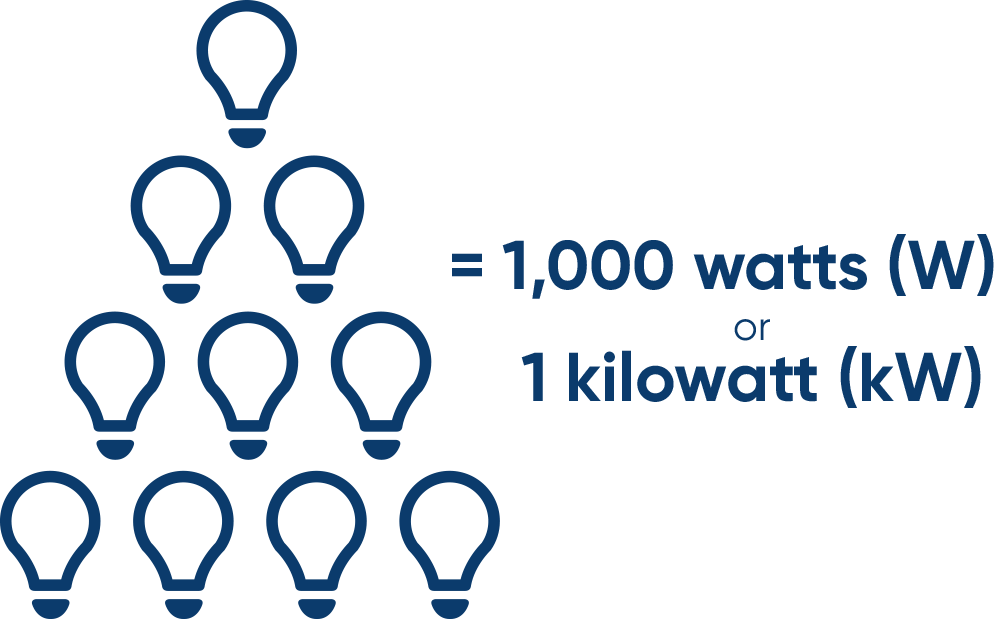
A kilowatt-hour (kWh) is a unit of energy, which is the use of power over time. You are billed by your utility company per kWh.

Determining Your Consumption
How can I find my property’s past electricity consumption?
Most utilities offer the past 12 months of kWh consumption to the account holder online. If your utility does not offer this online service, you can add up your total kWh consumed from your past 12 electricity bills. Always look at kWh use on an annual basis because your consumption fluctuates over billing periods and during each season.
Property owners in a California investor-owned utility territory can request aggregated property data for properties with five or more residential accounts by emailing their utility’s benchmarking office. Contact your utility’s benchmarking team for more information.
|
Utility |
Benchmarking contact information |
|---|---|
|
SDG&E |
|
|
SCE |
|
|
PG&E |
|
|
Liberty Utility |
|
|
PacifiCorp |
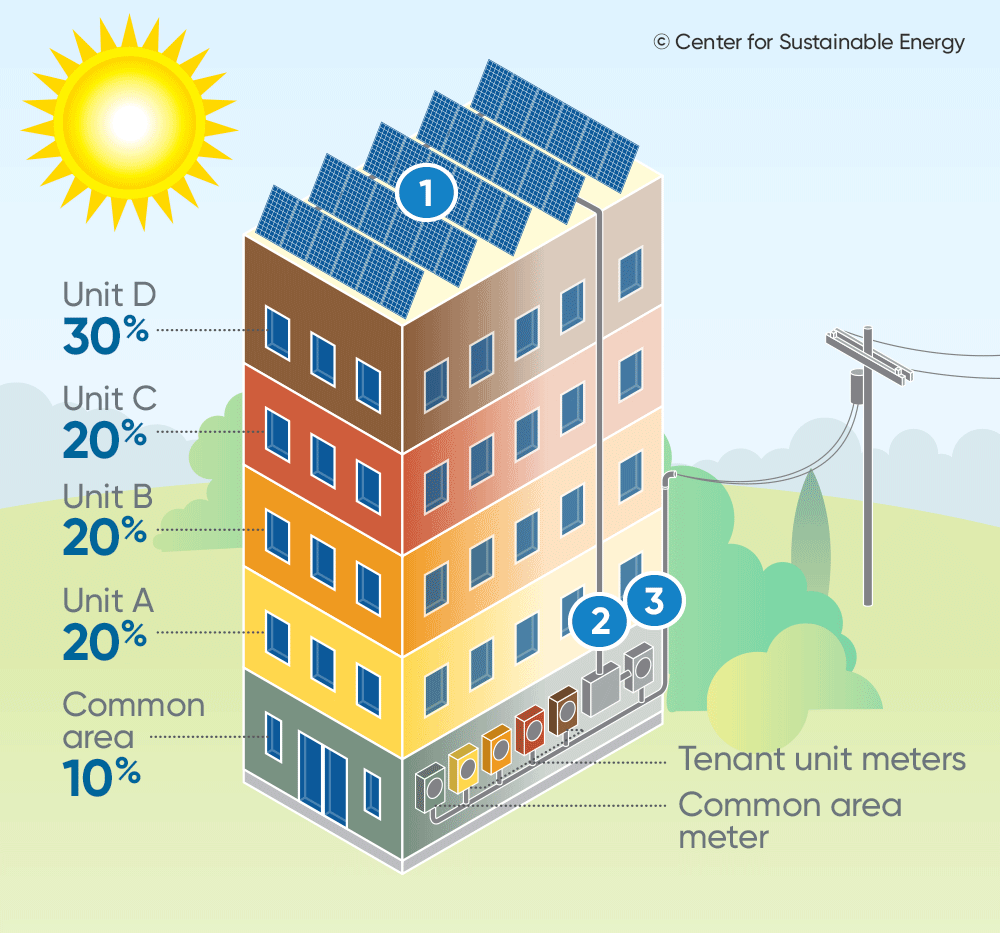
How does solar PV work?
Solar photovoltaic (PV) systems, also referred to as solar electric systems, capture energy from the sun and convert it into electricity. Sunlight striking the PV cells cause the electrons to flow, creating a direct electrical current (photovoltaic effect). That current then flows to the inverter, which converts the electricity from a direct current to an alternating current, which is useable energy for your home. The total electricity produced by the panels is sent to a meter, and then virtually allocated to each tenant account.
- Solar PV panels: Individual PV cells are embedded onto panels. Sunlight striking the panels is converted into direct current (DC) electricity.
- Inverter: The DC electricity goes to an inverter that transforms it into alternating current (AC) electricity.
- Generation meter: The total solar production is recorded by a generation meter and is sent to the grid to be virtually allocated out to each benefiting utility account at the property.
Virtual Net Energy Metering
What is virtual net energy metering?
Virtual net energy metering (VNEM) is a billing arrangement allowing for a single solar PV system to offset multiple common area and tenant meters. The monthly solar generation is divvied out to the participating accounts by predetermined percentages that are defined by the property owner. Using those percent allocations, the utility applies solar credits directly to the multiple account holders’ utility bills.
The SOMAH Program requires all projects use VNEM to allocate a minimum of 51% of the solar credits directly to the tenants.
Solar PV panels
How can I compare PV panels?
PV panels can be evaluated by cost, efficiency and power capacity. Typically the higher the power rating and efficiency, the higher the panel cost. All PV system components must be certified by the California Energy Commission and placed on the commission's Eligible Equipment List.
Inverters
How do I choose an inverter?
There are two types of inverters: string and micro.
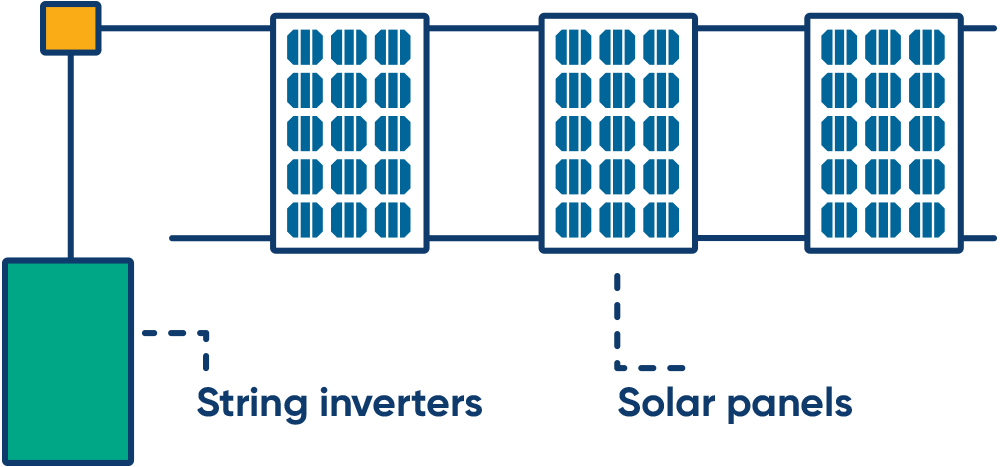
String inverters have one inverter per array. The main drawback of string inverters is that they are not very tolerant to shading, meaning a shaded panel can lower the production of the entire system. Power optimizers, a technology that allows string inverters to optimize the electricity at the panel level, are a good technology to pair with string inverters because they can bypass a shaded panel.

Microinverters have one individual inverter per panel. Microinverters allow systems to be more tolerant to shade by conditioning the electricity at the panel level, which bypasses any shaded cells, avoiding a severe drop in total production.
System Sizing
What size PV system should I install?
Every site is different and the needs of the system owner vary. System size depends on several factors including how much electricity (kWh) is consumed on-site on an annual basis, the orientation and tilt of the system and the available space for the solar PV system.
Location
Where should I put my panels?
PV panels are typically installed on rooftops, carports and other structures, but can also be mounted on the ground. Speak with your contractor about where on your property will yield the highest production based on the availability of direct sunlight and available space. Generally, it’s ideal to have your panels facing south or west.
Monitoring
Will monitoring be included?
All systems installed thought the SOMAH program are required to contract with a performance monitoring and reporting service (PMRS) provider. PMRS can track your system’s production in real time and send you alerts when your system’s production drops.
System warranties
Do solar panels and inverters come with a warranty?
PV panels usually come with a 20- to 25-year production warranty. A string inverter is often covered by a 10-year warranty, while microinverters are generally warranted for 25 years. Most string inverter manufacturers offer a 10-year extended warranty at an additional cost. To be eligible for a SOMAH incentive, PV panels and inverters must have at least a 20-year manufacturer warranty. This may require obtaining an extended warranty for string inverters. Third-party owned systems must include a performance guarantee that ensures the PV system will produce a minimum of 90% of the annual output as determined by the Expected Performance Based Buydown (EPBB) Calculator and provide financial compensation for any production shortfalls.
Are you ready to elevate your property to the next level with SOMAH?
Visit our Apply page to get started today!

